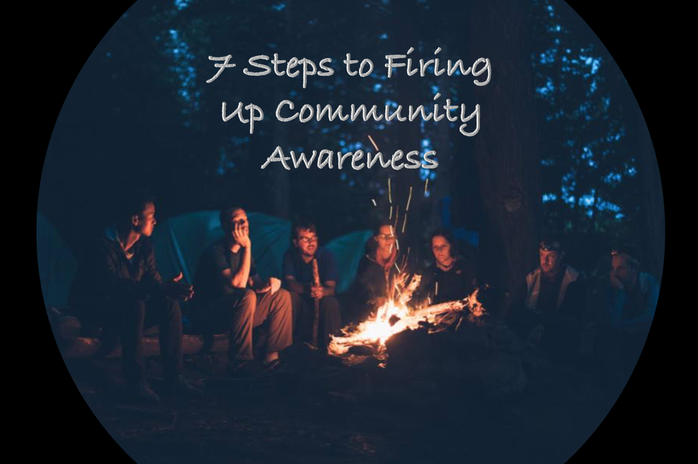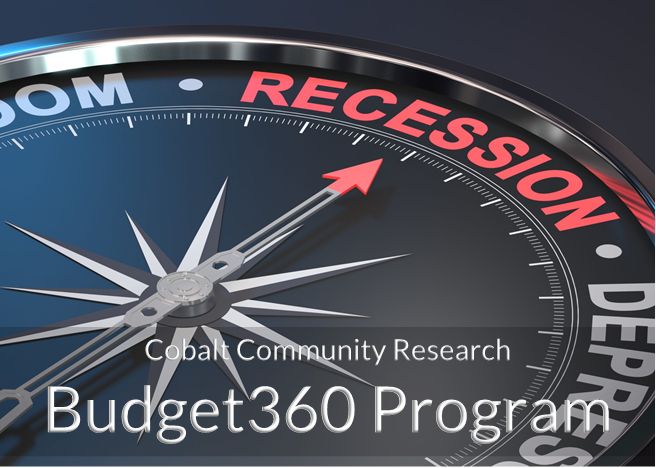|
Community change agents face challenges daily. Perhaps they question current policy, crunch numbers to work in a tight budget, or work to craft a brighter future for current residents and future generations.
But change ain’t easy. First off, any change must have awareness: what is the problem, why is it bad, why does it threaten what people love, what exciting opportunity does it present, why is the specific change the best approach out of the universe of competing potential solutions? Then change must be effective. What is the evidence of the problem, how do you measure it, how do you define success, what does success look and feel like? Without awareness and effectiveness, it is challenging – even impossible – to gain momentum to alter the community's status quo and future trajectory. Today we will cover seven steps to starting an awareness campaign that will effectively illustrate change to your community. 1. Do Your Homework Putting in the work for research is vital to creating a campaign that will be effective. Work on every angle you can about the topic. What are the options? What are the emotional consequences? What does failure to make the change feel like? Why is the change the best path forward? What does that path look like? How can it be compared to a more familiar path to ease uncertainty and resistance? Creative and collective brainstorming will open new angles that might have been hidden before. Leave no rock unturned when conducting this first step. 2. Wait for the Right Time After allocating necessary time to research, it is time to plan the campaign's release. Think about building the communication ecosystem you need to create to shape perceptions. How long will it take to build awareness? What are other projects and efforts that may compete for attention? Be intentional. With only one shot at a perfect release date, make sure you have clear campaign timelines. Likewise, make sure the campaign is manageable once it launches. 3. Hone-in on the Right People With the research and timeline in place, it is time to find the right people to support the campaign. The whole reason for your time investment is to attract the right people. However, pinpointing the right group can be difficult. To identify the campaign's target market, study the individuals who have been involved in the past. What are their values, hopes, barriers, fears. Find where these individuals connect. This could be in physical places such as churches or pubs, or it could be in virtual places like NextDoor or community garage sale sites on Facebook. Analyze who will be benefitted most by the campaign. Reach out to them to grow your core advisory group. 4. Create Your Feeling Once you have found a target audience, it is time to craft a message that will resonate. How will the campaign’s central message best speak to their values, attitudes, behaviors, and habits? People become the most engaged with emotional messages such as humor, anger, or sadness. Be intentional with what may fit the style of your campaign and appeal to your audiences' feelings. 5. Choose Your Image/Face Now that you have your message, you may choose a character or image to promote the campaign. Finding a real or fictitious ambassador will help create reach and cast a broader range of awareness for your campaign. The greater your reach, the more public support your campaign will collect. 6. Plan Your Routes of Expansion With your ambassador established, it is time to figure out the best communication approaches to expand your campaign. Understanding your target audience is crucial. Will Gen Z notice that one editorial in the local newspaper? Is Snapchat the best way to reach your community’s Granny O’Murphys? Utilizing platforms that do not match your audience’s communication preference will have your campaign performing like a circus with no audience to watch it. 7. Optimize Your Information After hooking your audience through your campaign's chosen ambassador and communication approaches, point them to a central source of information. This might be a website or a phone number to get an information packet. It might be a YouTube channel. All your work should lead the community to clear, simple, high-quality information with a compelling call to action. Conclusion With all seven steps executed effectively, you will generate effective awareness in your community. This will help drive change. |
Further reading
|
For more information on how Cobalt can help you adapt and thrive in the changing demographic, economic and social environment, visit the Cobalt website or reach out to us by email. Let us know if you need anything at all for benchmarking or research data; we are here for you.
Cobalt Community Research is a national 501c3 nonprofit, non-partisan coalition that helps local governments, schools and membership organizations measure, benchmark, and affordably engage communities through high-quality metrics, mobile geofencing data, surveys, and dynamic population segmentation. Cobalt combines big data with local insights to help organizations thrive as changes emerge in the economic, demographic and social landscape. Explore how we can help by calling 877.888.0209, or by emailing [email protected].
Cobalt Community Research is a national 501c3 nonprofit, non-partisan coalition that helps local governments, schools and membership organizations measure, benchmark, and affordably engage communities through high-quality metrics, mobile geofencing data, surveys, and dynamic population segmentation. Cobalt combines big data with local insights to help organizations thrive as changes emerge in the economic, demographic and social landscape. Explore how we can help by calling 877.888.0209, or by emailing [email protected].






